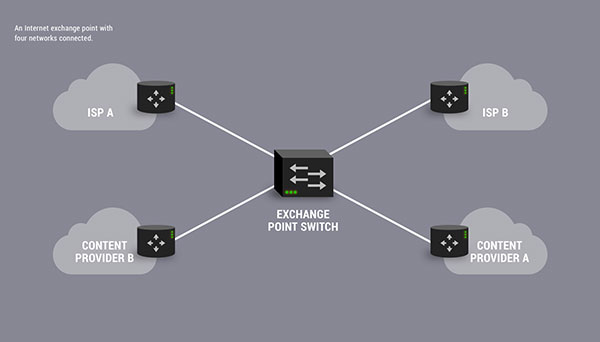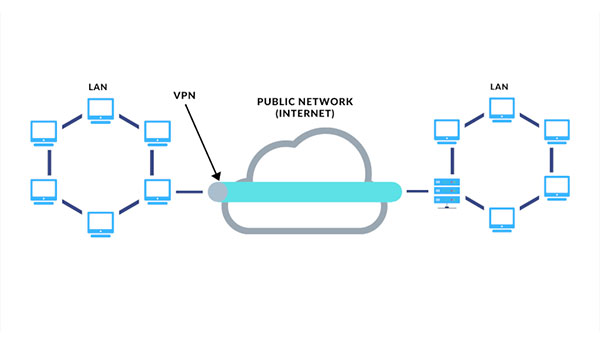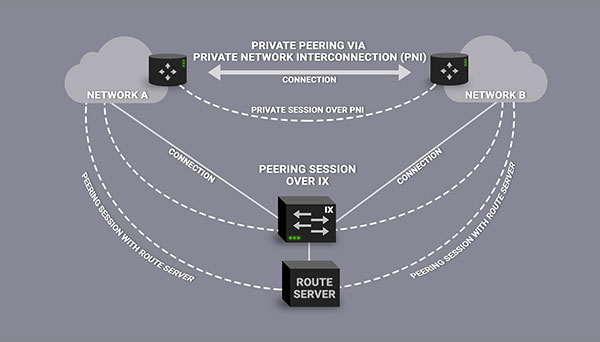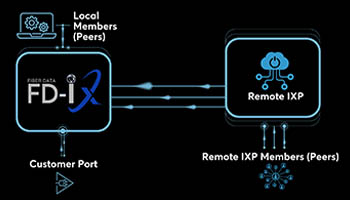What are Ethernet Cables?
Ethernet cables are physical cables used to connect devices within a local area network (LAN) or to access the internet. They are designed to transmit data at high speeds and provide a stable, wired connection between devices like computers, routers, switches, and more. These cables facilitate the transfer of information through a protocol known as Ethernet, named after inventor Robert Metcalfe, who co-invented it in the 1970s.
How Do They Work?
At their core, Ethernet cables contain twisted pairs of copper wires enclosed in protective insulation. The twisting helps reduce electromagnetic interference, ensuring smoother data transmission. These cables use a standard connector called an RJ45 connector that plugs into Ethernet ports found on devices.
Types of Ethernet Cables
There are various types of Ethernet cables, each designed for specific purposes and data transmission speeds. The most common categories include Cat5e, Cat6, Cat6a, and Cat7, with each iteration offering improved performance in speed and reduced interference.
The Importance of Ethernet Cables
Reliability and Stability
One of the primary advantages of Ethernet cables is their reliability. Unlike wireless connections that can be susceptible to interference or signal disruptions, wired connections using Ethernet cables offer a stable and consistent data transfer. This stability is crucial for tasks that demand a consistent and high-speed internet connection, such as online gaming, video streaming, or large file transfers.
Speed and Performance
Ethernet cables are known for their high data transfer rates. With advancements in cable technology, newer iterations like Cat6 and Cat7 can handle higher bandwidths, enabling faster data transmission. This is especially crucial in environments where multiple devices require simultaneous access to the internet or network resources without compromising speed.
Security
Wired connections through Ethernet cables are generally more secure than wireless connections. Since data travels through physical cables, it’s less susceptible to hacking or interception than wireless signals, making it a preferred choice for sensitive information transmission.
Conclusion
Ethernet cables may not grab headlines or attention like the latest wireless technologies, but they remain essential to our digital infrastructure. Their reliability, speed, and security make them the backbone of wired connectivity in homes, offices, data centers, and beyond.
As technology continues to evolve, Ethernet cables evolve alongside it, adapting to meet the increasing demands for faster and more stable connections. Understanding the role and significance of these unassuming cables helps us appreciate their contribution to our connected world. So, the next time you plug in an Ethernet cable, take a moment to acknowledge its silent but crucial role in keeping us connected.





















